On July 9th and 10th, guided by two teachers of SCET, Jiang Zhenyu and Wang Jiong, 24 2013-grade students majoring in engineering mechanics visited Hong Kong Polytech University, City University of Hong Kong and University of Hong Kong.
In Hong Kong Polytech University, the team leading by professor TAO Xiao-ming in the Institute of Textiles and Clothing took representatives from SCUT to visit the relevant labs. The Institute of Textiles and Clothing is a distinguished faculty in HK PU, whose teaching and research competence ranks high in the world. Every new textile material developed in the lab will be tested based on its mechanical capability. Textiles are inhomogeneous aggregate made up of fiber which is firmly structured. The methods to study textile material’s mechanical capability can be roughly divided into descriptive geometrical method and structural mechanics method. Due to the large deformation and non-linear feature of the textile material, numerical calculation methods such as finite element method and finite difference method are applied to solve this kind of problem. For example, instron universal testing machine is used to determine the modulus of elasticity of the textile material; the heat and moisture transfer principle inside clothing environment system is used in the design of clothing thermal function software; the thermal regulation principle of phase change materials is used to design the phase change materials used for smart clothes. Professor Li in Hong Kong Polytech University introduced: ‘The hiberarchy characteristic of textiles and the elastic contact characteristic between clothes and human body determine the particularity of textiles’ and clothes’ mechanical property which does not strictly obey the rules of mechanics of materials. So we need to make a breakthrough on the research methods and thoughts of classical mechanics during modeling the mechanical competence of textiles.’
In City University of Hong Kong, Prof. LIM, C.W. of the Department of Architecture and Civil Engineering introduced the university and the situation about mainland students studying in Hong Kong. Then their engineers took visitors of SCUT to visit the main labs of the faculty, showing innovative research result on building materials, such as replacing the traditional steels by compositing materials of glass fiber and carbon fiber, which have higher tensile strength and lower density, anti-seismic design of steel reinforced concrete structure, use of carbon fiber clothes to reinforce and maintain bridges and in the following strength verification and security detection.
In University of Hong Kong, teachers and students of SCUT communicated friendly with the team lead by Dr Y. Lin and Dr H.C. Shum of the Department of Mechanical Engineering, and they were introduced to their launching biomechanics experiments by the graduate students of University of Hong Kong. The analysis of cells’ mechanical property and the unique function specially developed for electronic microscope of the experiments left a deep impression on our visitors. At last, the graduate students led our representatives to visit the famous historical tourist attraction including the Main Building built in the post-renaissance style and the Hung Hing Ying Building, Declared Monuments in Hong Kong and once the building for the university’s student council, putting an easy and lively end to our visit.
This visit to Hong Kong gives teachers and students of SCUT a chance to feel its diversification and internationalization. These universities in Hong Kong bring unprecedented shocks to students from SCET with their abundant research resources, top research achievements, and efficient research teams. This visit to Hong Kong not only widens students’ horizons, but also further strengthens our cooperation and communication with related faculties in these universities.
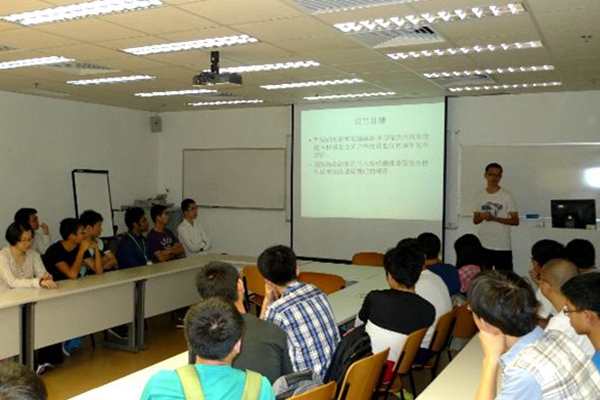
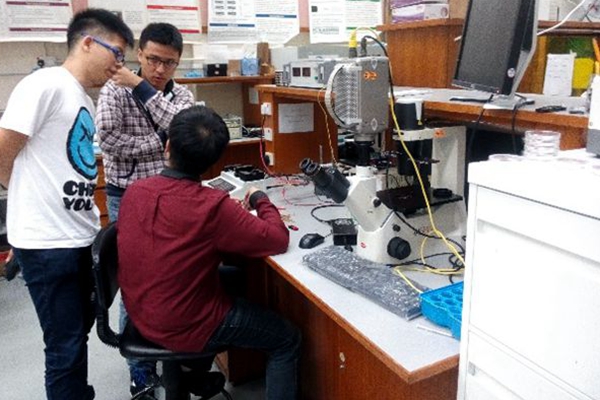
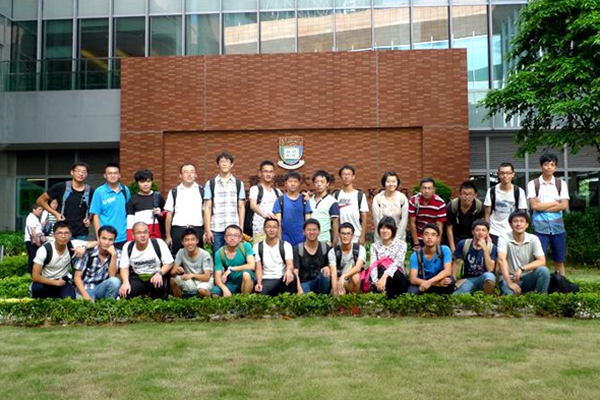
Representatives took photos with those in the University of Hong Kong
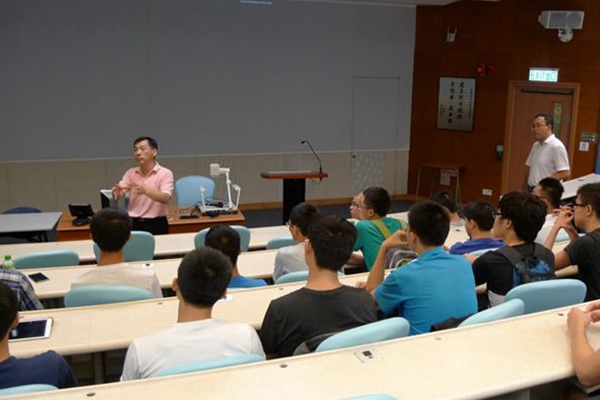
Prof. LIM introduced City University of Hong Kong to representatives from SCET
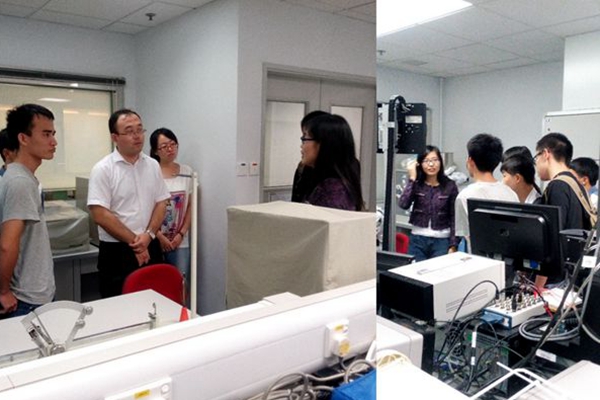
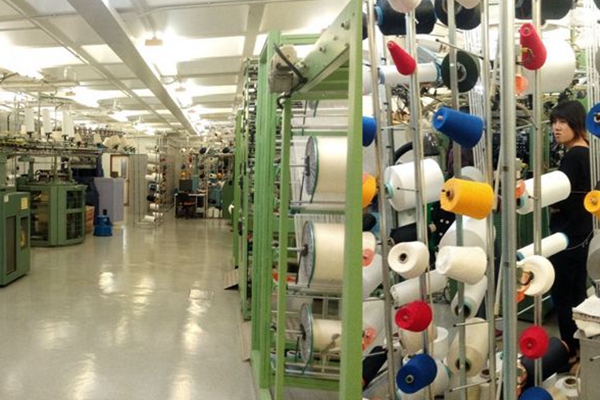
Researchers in the Hong Kong Polytech University showed teachers and students around labs
